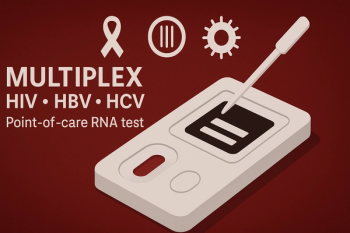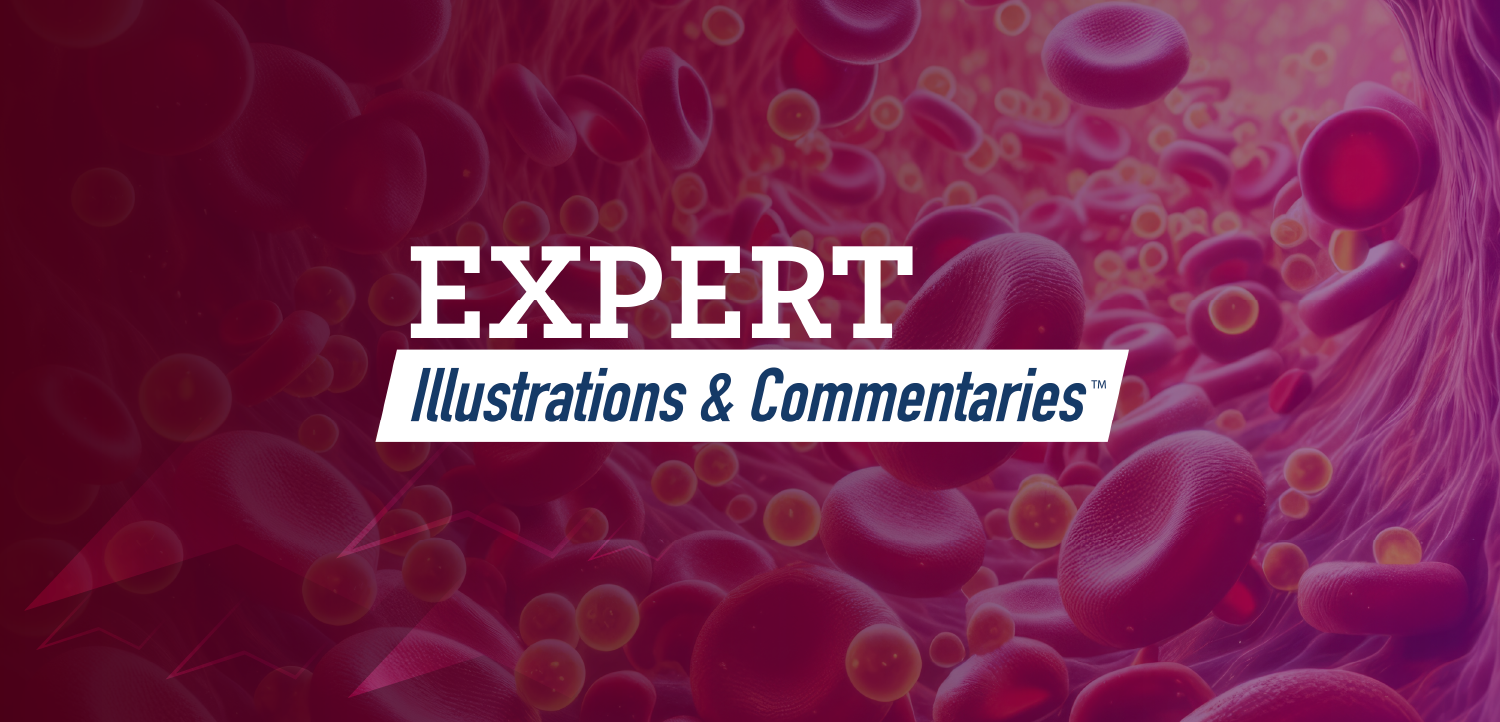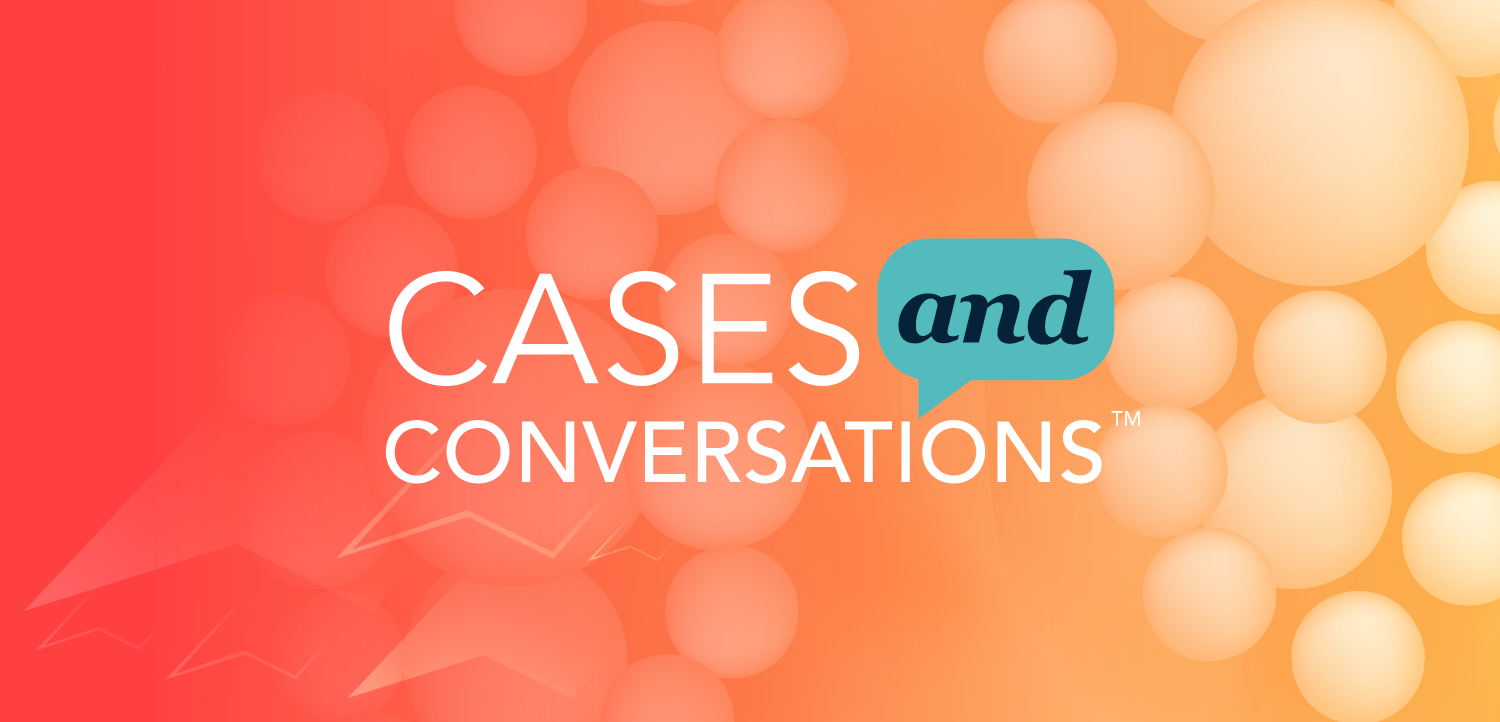
Mortality of People Entering HIV Care Drops, Nearing That of General Population
US residents with HIV have higher rates of mortality than their peers without infection, but the gap is narrowing, a recent study showed.
The gap in mortality rates between U.S. residents entering HIV care and those in the general population has narrowed significantly, with the life expectancy of patients diagnosed with HIV nearing that of the general population, a recent study found.
The observational cohort study, published in
“Among U.S. adults with HIV, mortality in the 5 years after entering care was higher than mortality among demographically similar people in the general population, but this mortality difference shrank dramatically over time,” lead author Jessie K. Edwards, PhD, assistant professor at University of North Carolina at Chapel Hill, told Contagion. “People entering HIV care between 1999 and 2004 had an 11 percentage point higher chance of dying over the next 5 years than their peers in the general population, but this elevation in mortality shrank to 3 percentage points for people entering care between 2011 and 2017. Notably, by this most recent calendar period, young adults (between 18 and 34 years of age) who entered HIV care were only about 1 percentage point more likely to die over the next 5 years than their peers in the general population.”
Among those with HIV, 7,796 deaths occurred within 5 years of entry into care, amounting to a 5-year mortality rate of 10.6% compared with 2.9% among the general population. Mortality among those with HIV ranged from 14.5% between 1999 and 2004 to 5% between 2011 and 2017, compared with 3.4% and 2.3% respectively among the general population.
The study attributed the decrease in mortality to advances in care and treatment, including earlier treatment, greater engagement in care and higher levels of viral suppression. CD4 cell counts measured at baseline increased over time.
“We have seen evidence that life expectancy is increasing for people with HIV, and we know recently developed treatment strategies have been highly effective at improving survival,” Edwards said. “Here, we were interested in examining whether people with HIV had higher mortality than their peers in the general population in the years right after they were linked to care. The dramatic reduction in mortality during that 5-year period was encouraging, particularly for younger adults.”
Reasons mortality remains higher among people living with HIV could include that not everyone with HIV enters treatment immediately; treatment remains imperfect, must be adhered to and carries risks; HIV may contribute to comorbidities; and those with HIV may have higher risk factors such as smoking and substance use.
“The elevation in mortality for people with HIV persists even in the years right after entering care,” Edwards said. “This time period could present an opportunity for interventions to address this gap, including treatment of HIV itself as well as treatment of comorbid conditions and providing other sources of support.
“We need to work collaboratively to figure out how to further reduce and eliminate this elevation in mortality for people with HIV.”
Marshall J. Glesby, MD, PhD, associate chief of the Division of Infectious Diseases at Weill Cornell Medicine co-wrote an
The study found that decreases in mortality were greater among Black people (from 16.5% to 4.9%) than among white people (from 13.8% to 6.0%).
“The COVID-19 pandemic has appropriately highlighted racial disparities in health outcomes,” Glesby told Contagion. “In this analysis, the gap in mortality between people entering HIV care and the population controls was actually smaller for non-Hispanic Blacks than white people in the last calendar period of time. The reasons for this trend are not clear, and it remains to be seen whether this finding will hold up in other datasets. Nonetheless, I found this to be an intriguing finding.”
Glesby noted that limitations of the study include that the HIV cohort included only those who were diagnosed and engaged in care, adding that 14% of those infected in the U.S. are undiagnosed and only 58% receive continuous care. Prompt diagnosis and medical care are essential to lower mortality among those living with HIV.
“This rigorously conducted study corroborates several other analyses in recent years that suggest that people with HIV who receive care in the U.S., on average, can expect to have lifespans similar to people without HIV,” Glesby said. “There is still a lot of work to be done to prevent new HIV infections and to ensure timely diagnosis, initiation of antiretroviral therapy, and both linkage and retention in care so that everyone with HIV can benefit from the advances in management.”
The COVID-19 pandemic could have a detrimental effect of the mortality gap, Glesby and Roy M. Gulick, MD, MPH, noted in their editorial.
A
Another
Newsletter
Stay ahead of emerging infectious disease threats with expert insights and breaking research. Subscribe now to get updates delivered straight to your inbox.

















































































































































































































































































































